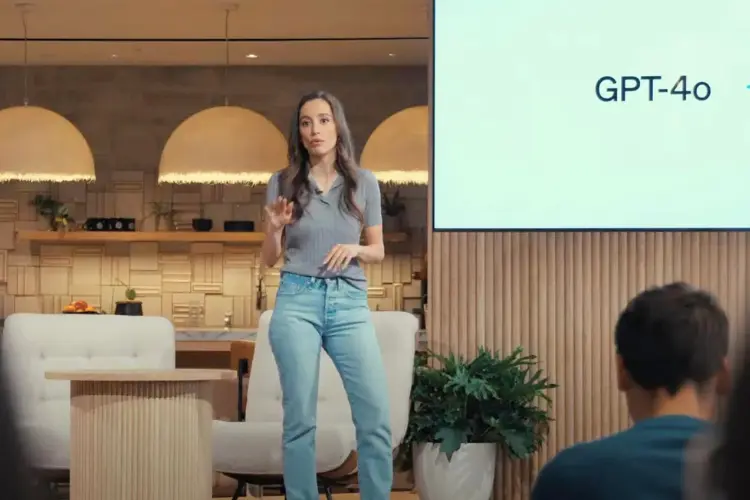OpenAI recently unveiled GPT-4o, its most advanced AI model yet, branded as "omni" for its comprehensive audio-visual skills. While the model promises groundbreaking real-time translation and emotion recognition, it also raises questions about potential risks and real-world application effectiveness.
Breakthrough Features of GPT-4o
-
Instant Translation: GPT-4o offers near-instant audio and text translation, potentially revolutionizing how we communicate across languages.
-
Emotion Detection: By recognizing emotional cues visually and audibly, GPT-4o aims to humanize AI interactions. However, this raises concerns about privacy and the potential for misuse in creating persuasive technologies like deepfakes.
-
Multimodal Integration: The ability to handle text, audio, and images fluidly could transform user interactions but also demands higher computational power, possibly limiting access to users with less advanced hardware.
Potential Limitations
While GPT-4o's capabilities are impressive, its real-world performance remains to be seen. Previous models have often struggled to consistently maintain their performance outside controlled demo environments. Furthermore, the accessibility of these advanced features could exacerbate digital divides, as only users with robust internet connections and modern devices may fully benefit.
OpenAI’s GPT-4o represents a significant step forward in AI technology, promising a future where AI assists with more than just simple tasks. However, the balance between innovation and ethical implications, along with practical accessibility, will determine its success. As GPT-4o rolls out, it will be crucial to monitor both its technological impact and societal effects.
Stay updated with the latest in tech by following our category.







